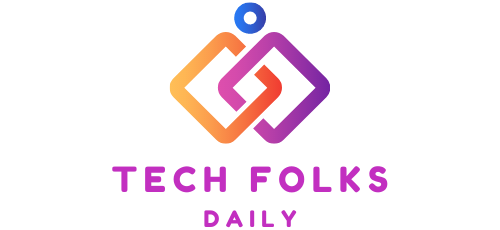Marketing Meets Happiness
What happens to marketing?
Marketing meets happiness by evolving to level 3.0. This will allow him to support entrepreneurship in the new economic era that started with Covid-19
The epidemic has messed up the rules of a market that seemed immutable and oriented towards unstoppable globalization. We believed in a straight line with no alternatives. But no.
Is globalization over?
Hyperconnection has moved to digital, freeing up unexpected spaces. And it has reconfigured everyone’s relationship and life models: individuals and businesses.
The place has regained its space; indeed, it has earned it. Time has returned space to the present, to the here and now. All this together has brought to light the values obscured by the previous irrepressible anxiety to do, be there, say, consume.
What came of it? A positive evolution, a new impetus towards improvement, with greater attention to the person, his universe, and his relationships. To her emotions and happiness Of him.
Marketing from 1.0 to 3.0
The great marketing guru Philip Kotler recently described the journey that has brought us here. A road already started before Covid-19 but which the epidemic has made faster.
If Marketing Meets Happiness, What Happens? Where did it come from, and where did it arrive? For Kotler, at the dawn of this discipline, the objective was the mind: we concentrated on the narration of the product to make it rationally appreciable. It was marketing 1.0.
The beginnings
The first evolutionary leap represented an important step: from the mind, we focused on emotions. Marketing 2.0 told us that making the public fall in love with a product was necessary.
Today, for Kotler, we have arrived at marketing 3.0, in which happiness represents the new KPI. And happiness is the tool that can and knows how to convey best the values associated with the environment and sustainability.
Embrace happiness
For the American professor, these are not abstractions: according to him, some companies have made a fortune by embracing the logic of happiness and trying to pursue its reasons. Indeed unspeakable fortunes because these are the companies most loved and sought after by the public worldwide.
How did they do it?
These companies have applied a simple rule (at least apparently): they made themselves loved. In other words, they differentiated themselves by supporting values and a positive impact. They have done well while continuing to pursue the goal of growth and the satisfaction of their shareholders. On the contrary: more than satisfaction, the happiness of its shareholders.
They are stakeholder-oriented companies, i.e., they aim to make customers and investors happy. They adopt fair wage policies and try to win the passion of their employees, customers, and suppliers. They give space to creativity and the desire to do, recognizing merit.
They use benefits to increase the sense of belonging. Putting the customer (internal-external) at the center, they try to offer experiences that return value. In short, they make employees exclaim, “this is the best place I would like to work; I’m happy to be here.”
What marketing 3.0 teaches
Marketing 3.0 teaches companies that differentiating is necessary but that doing it through values and positive impact becomes highly performing. Your efforts will greatly increase the quality of the results.
When the shared value is created, the company has a huge explosion of energy because people feel proud of what they are doing. They feel that their commitment becomes part of a bigger and more beautiful whole. This makes people happy and the growth of a company performs.
One step forward towards a better world
That’s why all this has to do with social and environmental responsibility: in making people happy through values, attention, respect, and merit, we take a step toward a better world, starting from a fundamental area for everyone, work.
As Sergio Marchionne taught, every evening, leaving the office or the factory, there is only one question that can be asked and answered with total sincerity: did I leave this place better than I found it this morning?
Continuous improvement is one of the objectives marketing must teach every company to pursue to be up to today’s challenges. And happiness is a fundamental tool to support any path of improvement, personal or corporate.
Also Read : Getting Social Start-Ups To Communicate




